Best Hip Replacement in the World
Do you need a hip replacement surgeon? But what about the fact that you don’t know that many experienced doctors? You don’t have to worry any more since Travocure is here to assist you with all of your medical needs, including locating the best hip replacement in the world from all of our foreign hospitals to best suit your budget.
But before, let’s take a look at what Hip Replacement is all about!
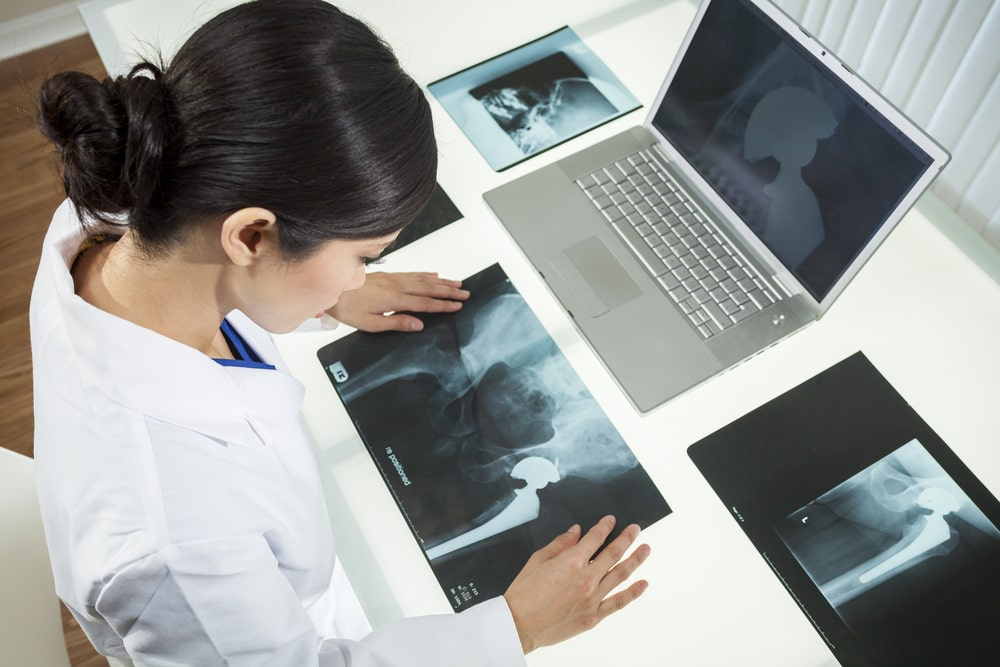
What is Hip Replacement?
Hip replacement surgery, commonly known as hip arthroplasty, is used to treat hip pain. Artificial implants are used to replace components of the hip joint during surgery. The hip joint is made up of a ball (located at the head of the femur, commonly known as the thigh bone) and a socket (in the pelvis, also known as the hip bone). Hip replacement surgery involves the replacement of one or both components of the hip. The procedure’s purpose is to allow you to continue normal everyday activities and exercise with minimal pain. Several factors help determine the type of hip replacement you may need. Your doctor will consider each of the following when planning your care:
- Total and Partial Hip Replacement:
During total hip replacement (total hip arthroplasty), both the ball and the socket are replaced. A partial hip replacement only replaces the ball (the head of the femur).
- Anterior, Posterior and Lateral Hip Replacement:
An orthopaedic surgeon can access the hip from different angles. Three common ways to access the hip joint are:
- From the front (anterior approach)
- The side (lateral approach)
- From the back (posterior approach)

Who can benefit?
Your doctor may recommend hip replacement if you have significant pain, inflammation and damage to your hip joint due to conditions such as:
- Osteoarthritis (most common)
- Rheumatoid arthritis
- Osteonecrosis (avascular necrosis)
- Injury such as hip fracture
- Tumour in the hip joint
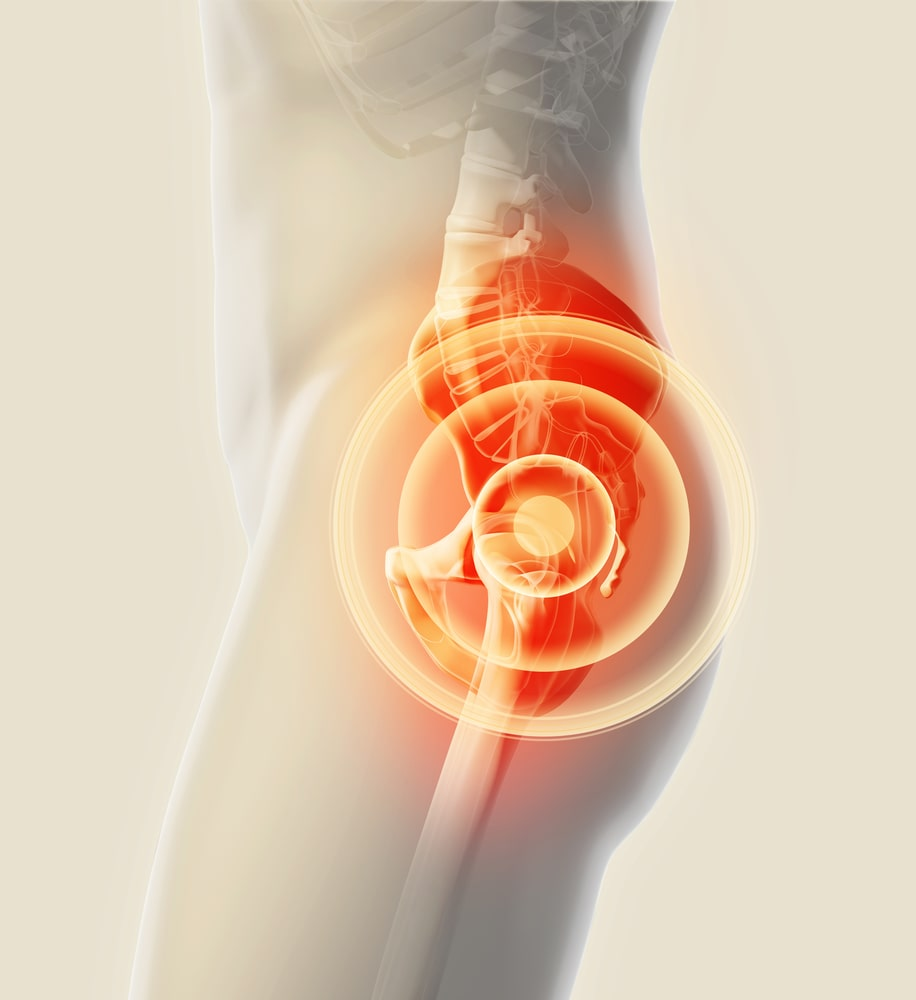
What happens during a Hip Replacement surgery?
Aintravenous (IV) line will be given, on entering the operating room. According on the recommendations of your surgeon, you will be given general or epidural anaesthesia. The surgeon will position you and make an incision on the top of the femur and remove the femoral head. Next, the ball prosthesis stem is installed, with or without cement. The ceramic replacement head is installed on top of the femur implant. He will then remove the damaged cartilage from the acetabulum and replace it with a new cup. Tissue layers will be stitched together. Surgical glue is used to seal the skin’s outermost layer. After your operation, no stitches will need to be removed and after a few hours in the recovery area, you will be transported to a hospital room.
After Surgery:

The rehabilitation process begins immediately. You will be encouraged to get up and move around after surgery. Patients who do not have other medical concerns can go home as soon as they can walk, climb stairs, and get in and out of a car. Some patients may require inpatient rehabilitation to prepare them for independent living at home. After surgery, no matter what, you will need physical therapy to rebuild muscular strength and range of motion. When you are ready to walk with or without help, the surgeon, physical therapist, or occupational therapist can advise you on how to manage your discomfort. The provider will go through your rehabilitation requirements, what to expect in the next days and weeks, and how to get the most out of your recuperation. Your motivation and participation in completing physical therapy are crucial for a successful recovery phase and overall surgery success.
While you recover, be sure to:
- Keep the surgical area clean and dry. Your doctor will give you specific bathing instructions.
- Take all medications as directed.
- Keep all the follow-up appointments with your surgeon.
- Attend physical therapy and complete home exercises.
- Resume your normal diet unless otherwise instructed.
- Elevate the leg and use ice to control swelling.
- Do not drive until your doctor says it is safe to do so.
- Some fluid might drain from your incision. This is normal during the first few days after surgery.
Let your surgeon’s office know right away if you have increased redness, swelling or draining from the incision, high fever, chills or severe pain. Also contact the office if your pain is not improving.
Revision Hip Replacement Surgery:
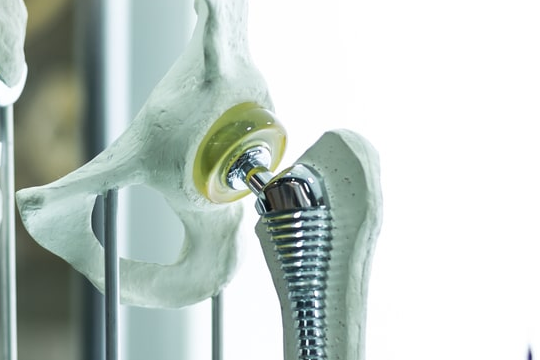
Over time, your hip implant may wear out or loosen. If you suffer an injury or dislocation, it may be harmed. To repair the damaged elements of the prosthesis, you may require revision surgery. Most hip prosthesis have a lifespan of 20 years or more. To avoid it, engage in frequent low-impact exercise, avoiding high-impact exercise (such as running), and taking safety precautions. Infection is a rare complication of hip replacement, which can occur if germs in the bloodstream become trapped in the prosthetic components. An infection may necessitate revision surgery to remove affected tissues as well as medications to eradicate the germs. A new prosthetic is put in when the illness has been eradicated. If you had a partial hip replacement (only the ball part of the joint), you may need a revision down the road to replace the socket as well.
Which is why at Travocure, we want only the best for your medical needs. Thus, send in your medical reports to us at Travocure on care@travocure.com, and we can advise you on the Best Hospital from our list of Hospitals for the Best Hip Replacement Surgery in the world:
- Hospital for Special Surgery, New York City, USA

- Mayo Clinic Hospital – Rochester, Minn, USA

- Cleveland Clinic, USA

- Lenmed Ahmed Kathrada Private Hospital, Johannesburg, South Africa

- Life Kingsbury Hospital, Cape Town, South Africa
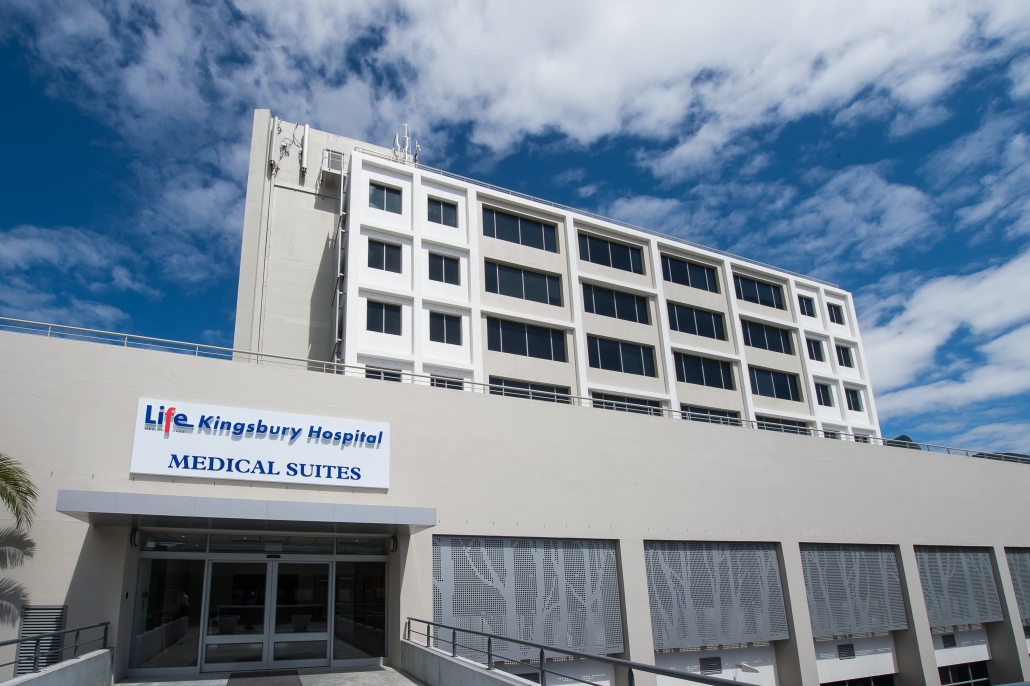
- Thumbay University Hospital, Ajman, UAE

- Al Zahra Hospital, Dubai, UAE
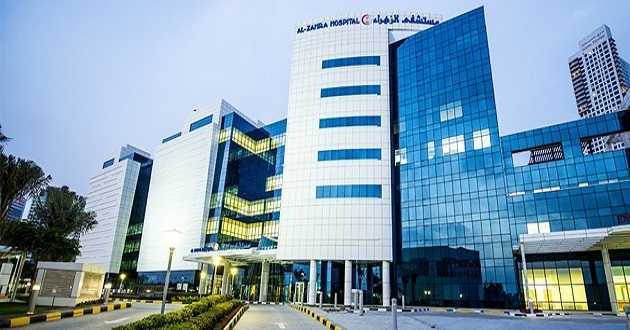
- Buddhachinaraj Phitsanulok Hospital, Thailand
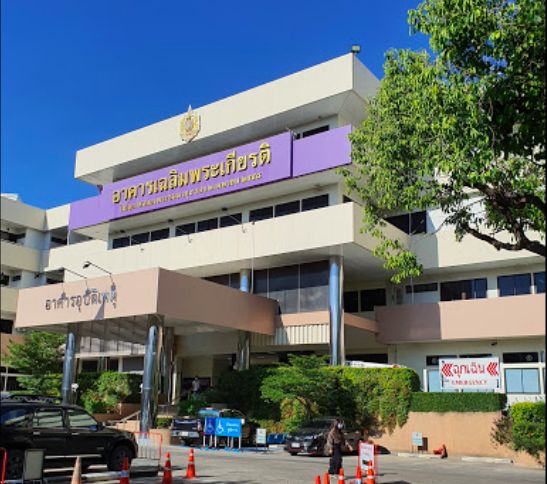
- Samitivej Sukhumvit Hospital, Bangkok

- MGM Healthcare, Chennai, Tamil Nadu








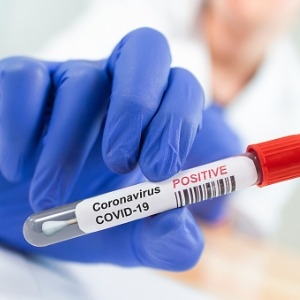








It’s interesting when you said that a surgeon could help with locating the best procedure and medical needs. Last night, my coworker informed me that he and his family were hoping to find an anterior hip replacement procedure for his brother that needs anterior hip joint replacement, and he asked if I had any idea what would be the best option to consider. Thanks for this enlightening article, I’ll tell him that it will be much better if we consult a trusted joint replacement center as they can help provide more information about the surgery procedure.
Hey john .Its good to know this article helped you.If you need any assist pls do send us your details in care@travocure.com. We will get back to you with the Best Cost,Doctors,Hospitals